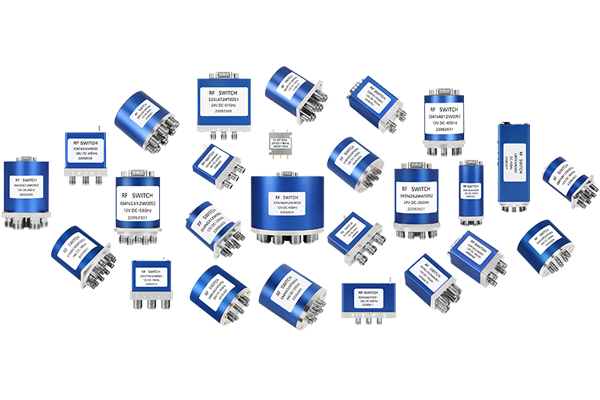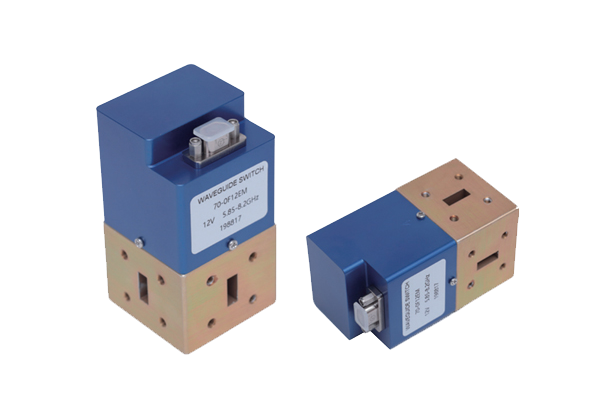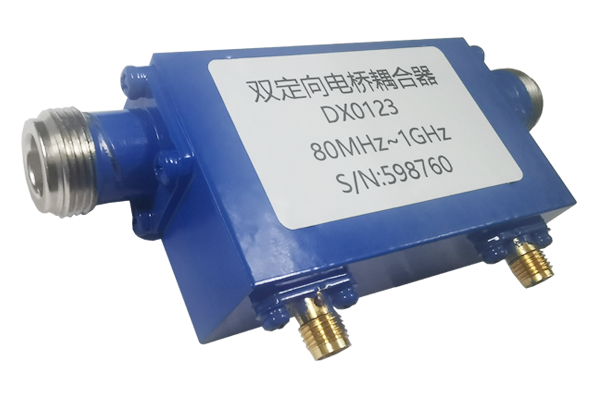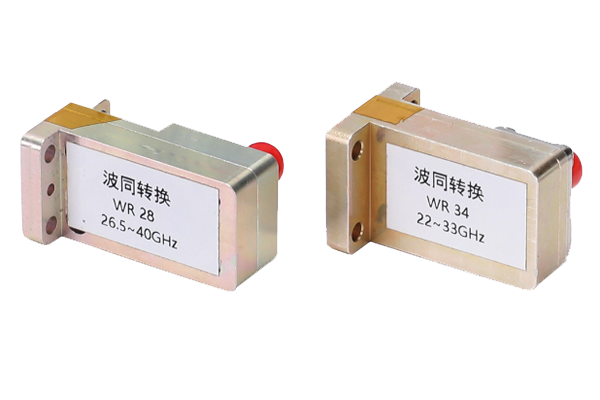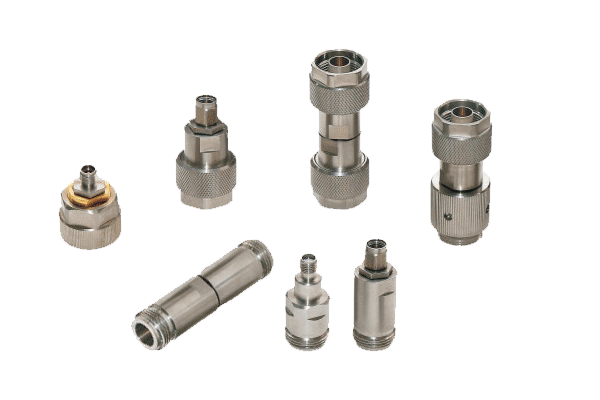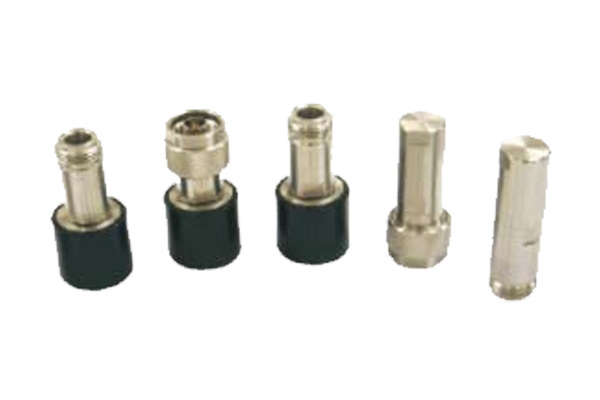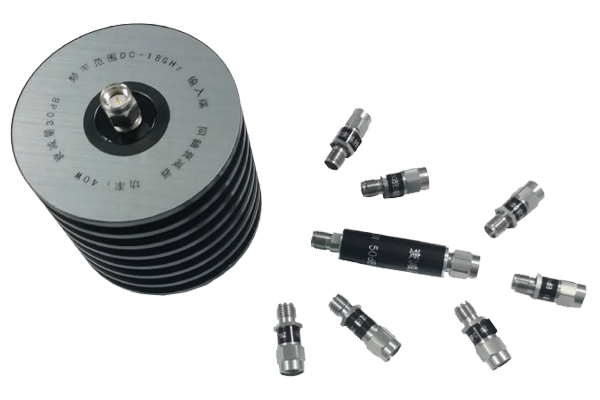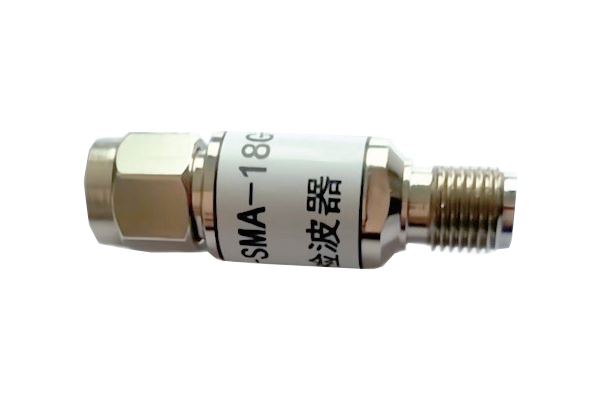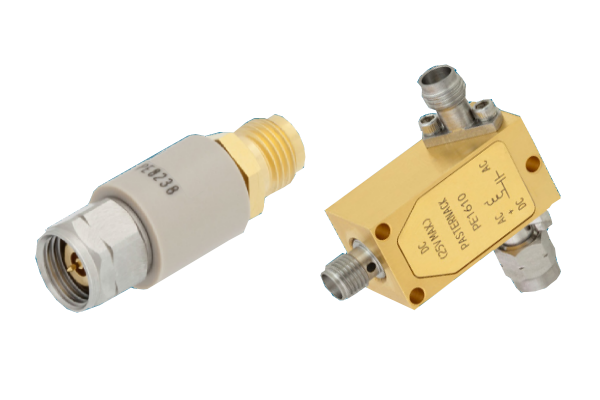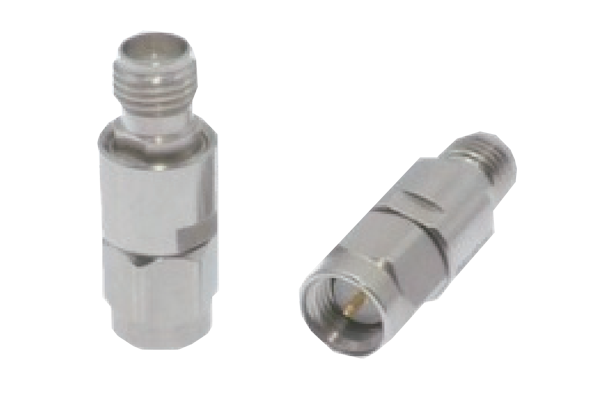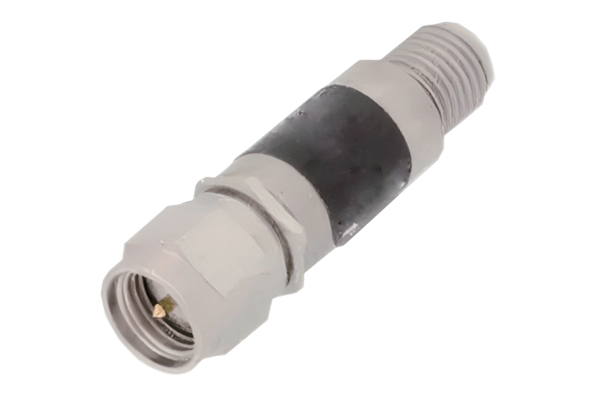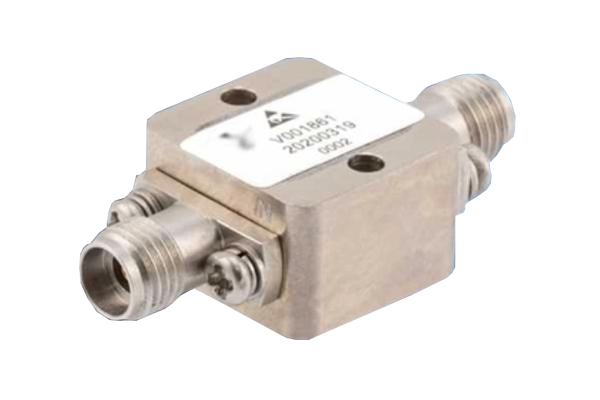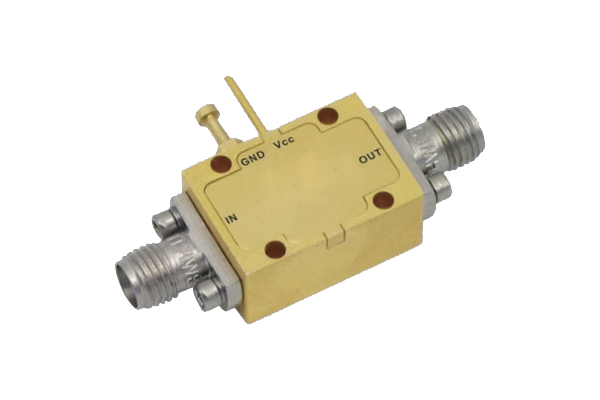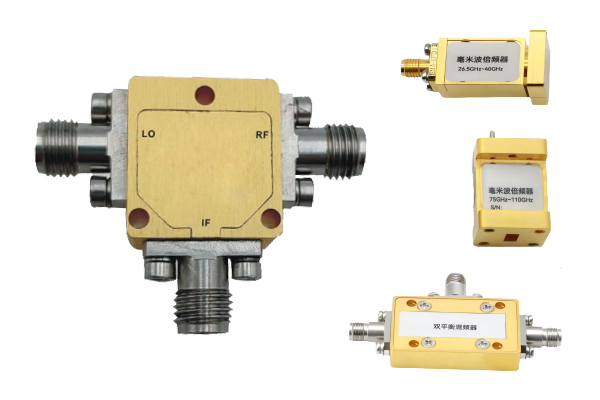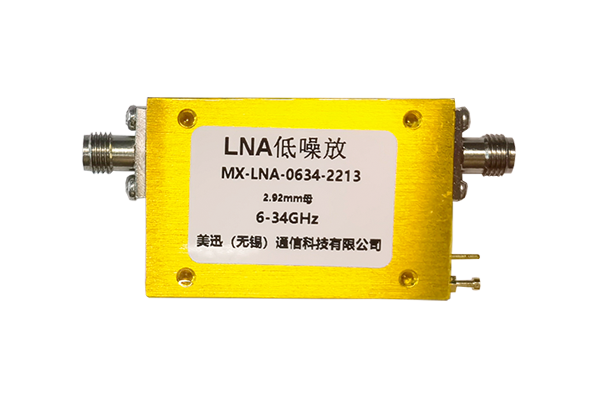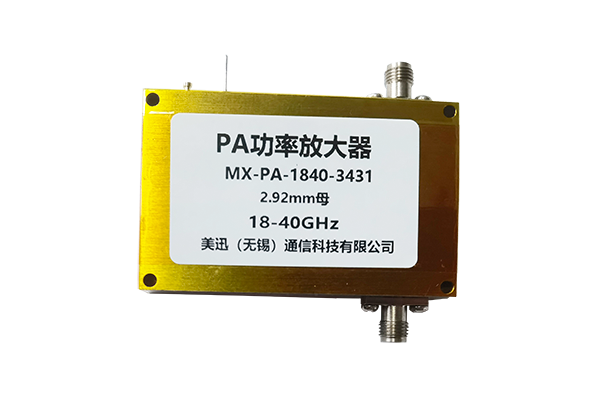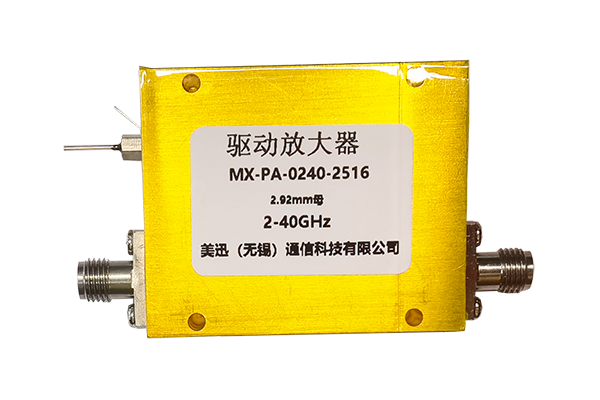What factors restrict the stability of low-noise amplifier
1. DC bias
Appropriate DC bias is the basis for ensuring the stable operation of the amplifier. If the bias current or voltage is set improperly, the transistor may work in the nonlinear region, resulting in a decrease in amplifier gain, an increase in noise factor, and even self-oscillation, which seriously affects the stability.
Load and source impedance: Changes in load impedance and source impedance will affect the input and output matching of the amplifier. When the impedance does not match, reflections will occur, resulting in signal distortion and power loss, and may also cause oscillations and reduce stability.
2. Temperature
Temperature changes will affect the parameters of the transistor, such as current amplification factor, threshold voltage, etc. When the temperature rises, the leakage current of the transistor increases, and the gain may change, which in turn affects the stability of the amplifier. In addition, temperature changes may also cause parameter drift of components in the circuit, causing the operating point of the amplifier to shift.
3. Electromagnetic interference
External electromagnetic interference may couple into the amplifier circuit, generating additional noise and interference signals, affecting the normal operation of the amplifier. If the interference signal is strong enough, it may cause the amplifier to enter a nonlinear working state and destroy its stability.
4. Power supply voltage fluctuation
The instability of the power supply voltage will cause changes in the bias voltage and current of the amplifier. When the power supply voltage fluctuates too much, the operating point of the amplifier may exceed the normal range, causing gain fluctuations and increased noise, and even causing the amplifier to malfunction and affect its stability.



